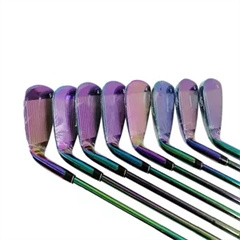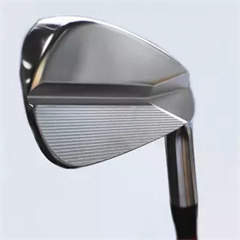Golf bags are available in various materials, each offering a combination of durability, weight, and aesthetics. The choice of material can significantly impact the bag’s longevity and performance. Here are some common golf bag materials and their characteristics in terms of durability:
- Nylon: Nylon is one of the most popular materials for golf bags due to its durability, light weight, and resistance to moisture. It can withstand the rigors of the golf course, including exposure to rain and UV rays. High-denier nylon is even more durable and resistant to abrasion. Nylon bags are generally easy to clean and maintain.
- Polyester: Polyester bags are also durable and resistant to moisture, making them a practical choice for golfers. They are often more affordable than high-end nylon bags but offer decent durability. Polyester bags may not be as abrasion-resistant as nylon, so they can show wear over time.
- Leather: Leather golf bags are known for their premium look and feel. While they are highly durable and can last for many years, they require more care and maintenance than synthetic materials. Leather bags are also heavier and tend to be more expensive.
- Synthetic Leather: Synthetic leather bags combine the appearance of real leather with enhanced durability and lower maintenance requirements. They are more resistant to moisture and are easier to clean. Synthetic leather bags can provide a good compromise between style and longevity.
- Canvas: Canvas bags are less common today but are still appreciated for their classic look. They can be quite durable but may not be as resistant to moisture as modern synthetic materials. Canvas bags may require more maintenance to keep them looking their best.
- Ripstop Fabric: This is a type of woven fabric designed to resist tearing and ripping. Golf bags made from ripstop fabric are highly durable and can withstand rough handling and the elements.
- PVC: Some budget-friendly golf bags may use PVC (polyvinyl chloride) material, which is lightweight and resistant to moisture. While PVC bags can be durable, they may not offer the same level of longevity and quality as higher-end materials.
To ensure the durability of your golf bag, regardless of the material, here are some additional tips:
- Proper Storage: When not in use, store your golf bag indoors in a cool, dry place. Avoid leaving it in direct sunlight or extreme heat, as this can cause materials to deteriorate over time.
- Regular Cleaning: Clean your golf bag periodically to remove dirt, grass, and debris. Use a damp cloth or a mild cleaner to maintain the bag’s appearance.
- Use Headcovers: If you have headcovers for your woods and putter, use them to protect the clubheads and prevent unnecessary wear and tear.
- Check Zippers and Straps: Inspect the bag’s zippers, pockets, and straps regularly to ensure they are in good working order. Repair or replace any damaged components promptly.
- Avoid Overloading: Don’t overload your bag with excessive weight or items that can cause stress on the material or seams. This can lead to premature wear and tear.
By choosing a high-quality golf bag made from durable materials and practicing proper maintenance, you can extend the lifespan of your bag and enjoy it for many rounds of golf.


















